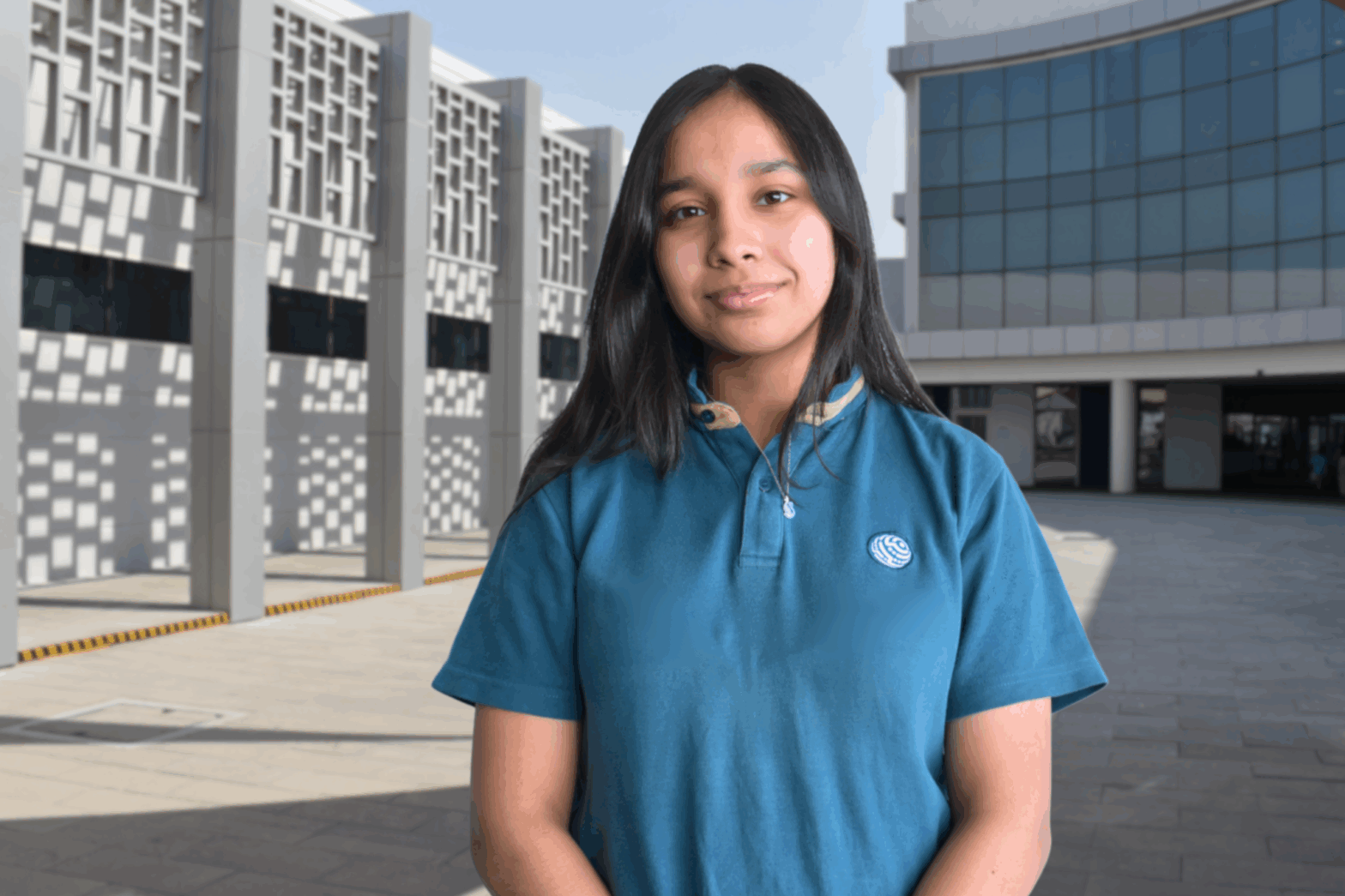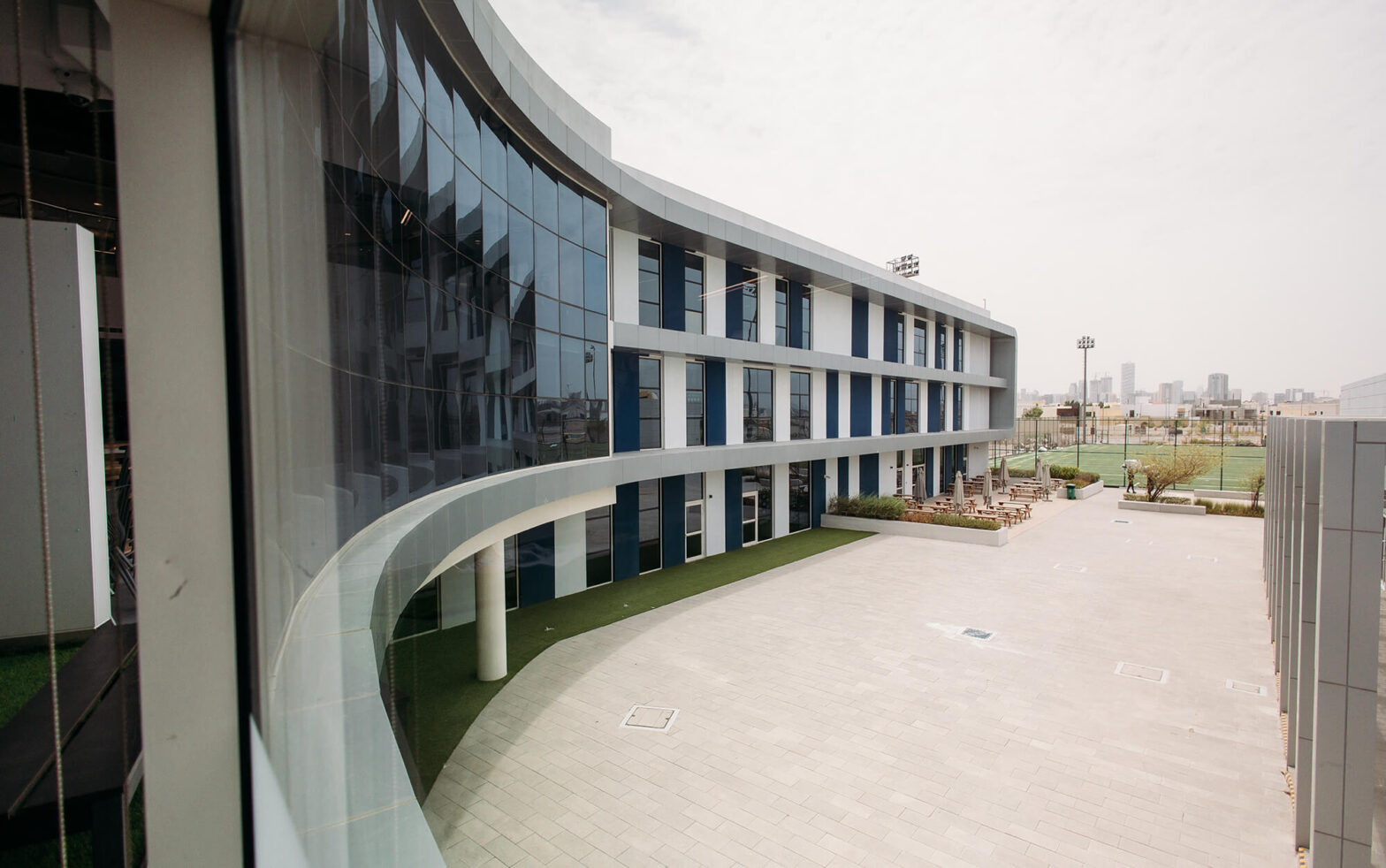The Editorial Team at Schools Compared Interview Principal John Bell
As Bloom World Academy becomes more established, what matters most to you and your team for the years ahead?
The focus is on controlled growth. We’ve planned our expansion carefully so that it serves our students, teachers and the creative and joyful culture we nurture. The school remains small enough to know every child by name, yet vibrant enough to offer healthy academic competition, creative innovation, and school-wide cultural events.
Our broad age range—from early years through to post‑16 learning at Nexus—enables us to build strong, long-lasting relationships with students and families. That sense of community fuels a cohesive, meaningful educational journey.
Why is organic growth so important for BWA?
Growing thoughtfully ensures the whole community—students, parents, teachers—are part of the culture. Many schools focus on financial growth, but here we prioritise the people who make our school extraordinary. Our size allows us to know each student inside out, while still offering the energy of a dynamic school that hosts plays, assemblies, cultural events, and opportunities for innovation.
Can you tell us about the structure of the school and your class sizes?
Class sizes at Bloom World Academy are intentionally kept small—around 20 students in most classes—to ensure individualised attention can be given. That enables personalised learning that really puts each child first. Younger students have support from classroom assistants, and some specialised tuition groups are as small as 12.
Our customised pathways and small classes allow us to invest in every child, ensuring nobody is left behind.
How does Nexus support students aged 16 to 18 and set them up for university and beyond?
Nexus is designed to replicate a university-style environment. Opened in early 2025, it includes study pods, seminar and tutorial rooms, a library, café, common areas, and flexible hours to support independent learning and collaboration.
We use a flipped learning model. Students receive course content at the start of the year so they can engage with it at home. Class time is then dedicated to discussion, projects and critical thinking—similar to university seminars. This method encourages creativity, debate and deeper understanding.
This approach is supported by flexible spaces and learning hours from early morning to evening, encouraging autonomy and responsibility for learning.
How does your approach to IB programmes and inclusion reflect your philosophy?
Every student at BWA has a Learning Achievement Passport and an individual education plan, not just those with additional needs. These are reviewed regularly with students and parents to shape learning pathways and ambitions. Our approach emphasises inclusivity and personalised learning, ensuring that every learner is supported, challenged and enabled to flourish.
How do parents stay involved in their child’s progress?
Every child has a key tutor who monitors progress across subjects. We issue comprehensive reports several times a year, covering both curriculum skills and academic growth. This transparency ensures parents are fully aware, engaged and supported in their child’s journey.
What defines Bloom World Academy?
Our approach blends research with real-world experience to build a school that listens—where policies reflect both evidence and practice. We dare to do things differently, maintaining high academic standards while creating a school where creativity, empathy, and individuality thrive.
Bloom World Academy is a place where teachers, students and parents work together to build an educational experience that is dynamic, personalised, and truly magical.







